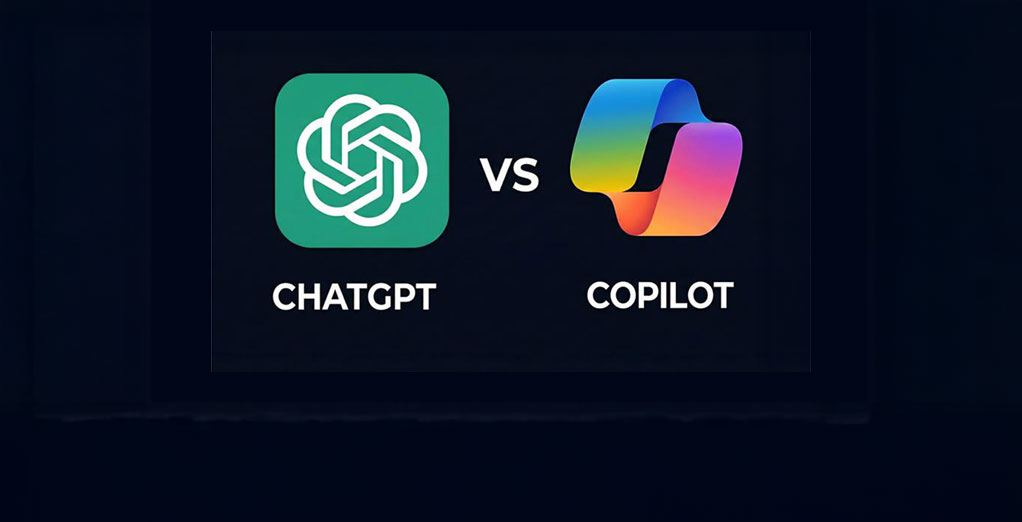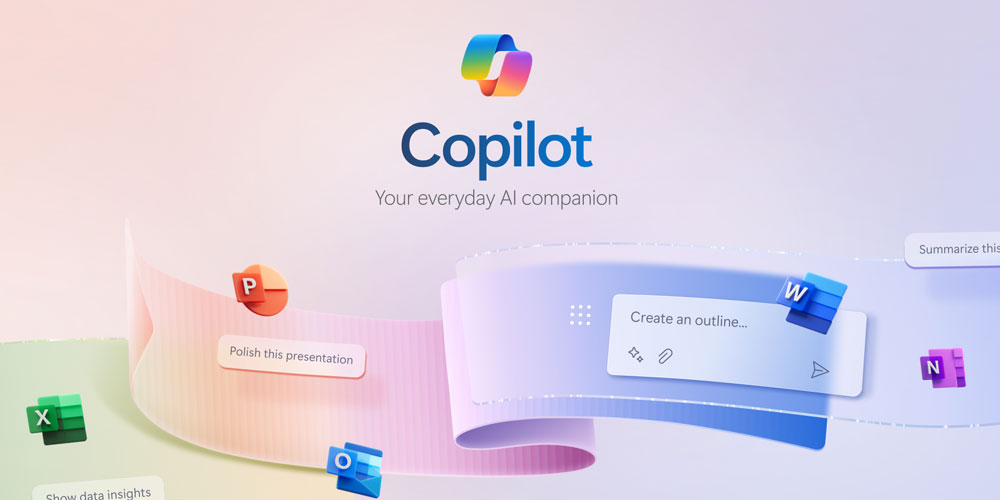As the world becomes progressively digitized, more and more industries face disruption through technology. Recent time saw the increased traction of Big Data Analytics, Virtual and Augmented Reality, Smart Machines, Internet of Things, 3D Printing amongst many others which are bringing a wave of transformation for businesses. What will 2024 be like?
Below Mentioned Are Top 6 Disruptive Technology Trends You Should Look Out For In 2024:
Artificial Intelligence (AI): When it comes to definitive decision making, reinventing business models as well as ecosystems and redefining customer experience, very few things can compare to the potential of Artificial intelligence or AI. In fact, more than 80% business executives opine that AI is a strategic priority for their businesses. Having said that, businesses are already hard at work in making AI, one of their strongest suites. A recent Gartner report suggests 59% organizations are gathering information to build their AI strategy, with many others piloting or adopting AI programs. Gartner further predicts that 30% of CIOs will count AI among their five investment priorities. So, if you are still sitting on the fence about investing in AI, now is a great time to consider data preparation, integration, algorithm and training methodology selection, and model creation for the same.
Intelligent apps and analytics: With Big Data becoming crucial to businesses across, Intelligent Apps are expected to take over. These apps combine product, customer and operational insights, determined from historical and real-time data and predictive analytics, with modern tools to deliver a compelling and personalized experience for users. Data can be sourced from anywhere including transactional, social, mobile, wearable and IOT. An Intelligent App is expected to predict our choices, distinguish between relevant and irrelevant information, notify us with solutions for our potential problems amongst many other functionalities.
Digital Twin: This technology is the digital replication of your entire infrastructure – including systems, processes and assets – that is estimated to help organizations save billions on maintenance and repair operations. How it works is that it alerts organizations on system failures even before they occur enabling organizations to take pre-meditative measures, prevent downtime, develop alternate system plans to minimize any impact on the daily operations. Gartner predicts this technology to be particularly promising in the next 3 to 5 years, specifically to the Healthcare industry.
Edge computing: Edge computing is all about putting information closer to the source of information being processed, ideally in real-time. As more and more devices are being encompassed by IoT, the sheer volume and speed of data being produced are practically unfathomable. It makes little sense to simply store all that data to the Cloud for quick access at a later time, when some of ‘things’ (AI-powered devices, automobiles, machines, etc.) may require real-time response and processing. This makes edge computing the viable option. Even though Cloud and edge computing may seem like competing options, they actually can work well together with Cloud supporting a service-oriented model and a centralized control and coordination structure and edge taking care of the delivery aspects.
Conversational platforms: Conversational platforms are about to initiate a paradigm shift in how individuals communicate with the digital world. Chatbots and Virtual Assistants are leading examples. Gartner predicts that the next few years will see conversational platforms becoming indispensable parts of user interaction and it soon may even be delivered through dedicated hardware, core operating system features, platforms and applications.
Blockchain: Originally devised for the digital currency, Bitcoin, this technology is being swiftly adopted by corporates. Forbes describes blockchain as, “a shared, distributed decentralized and tokenized ledger that removes business friction by being independent of individual applications or participants.” The next few years will be crucial for businesses for understanding the capabilities and limitations of this technology and leverage it for potential business opportunities.
These are only a few of the technologies that you should look out for in 2024. It’s going to be exciting to see how organizations benefit by adopting these trends or compromise their competitive edge if they decide to give these trends a pass.
















































